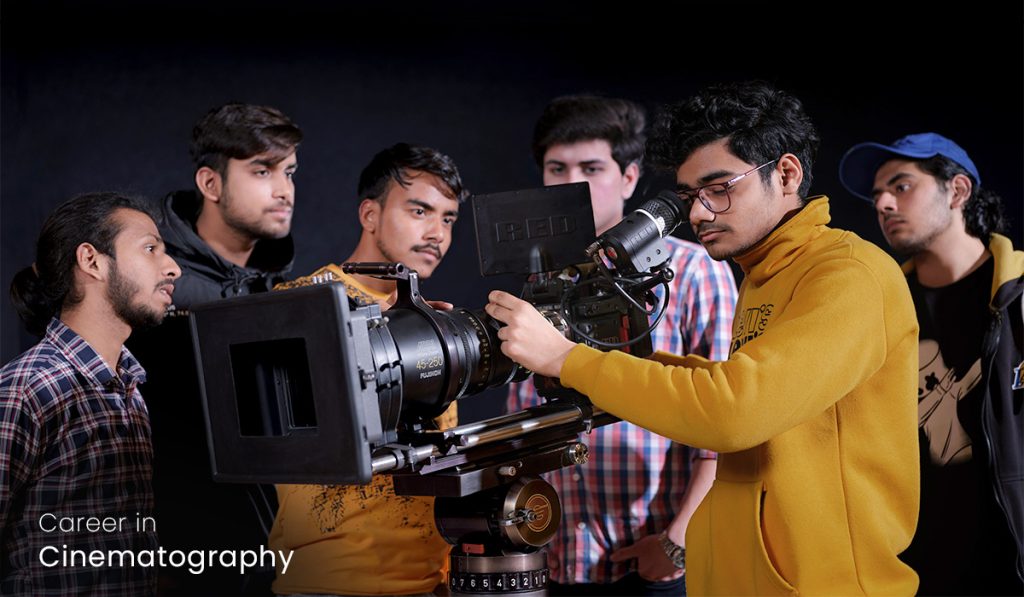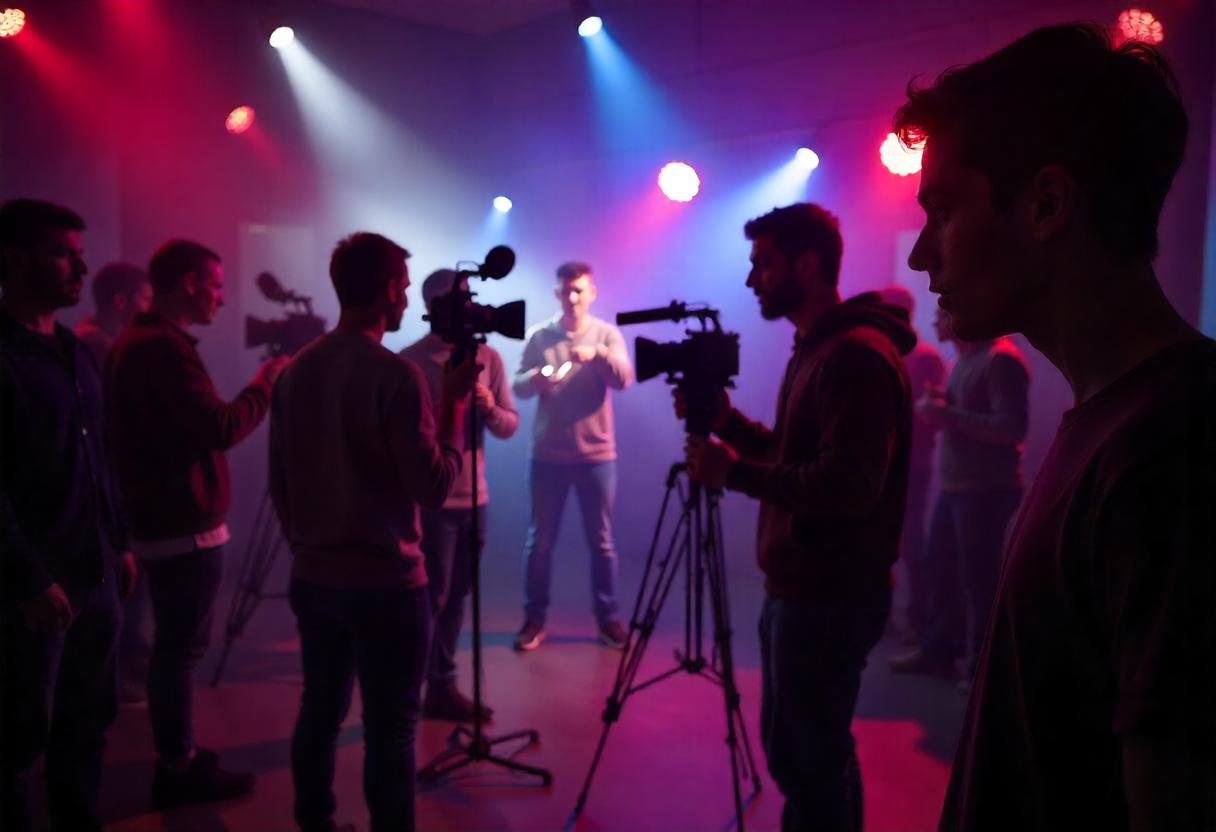What Are The Three Basic Elements Of Cinematography?
Cinematography is the art and technique of capturing moving images on a film or digital media. It includes a variety of techniques such as scene composition, lighting, camera and lens selection, special effect integration, etc. Cinematographers work hand-in-hand with directors to bring their vision to life. They create a visual representation of the story that appeals to the audience’s emotions and imagination.
In this article, we will look at the three fundamental elements of cinematography that serve as the foundation of this art form. Understanding these elements is essential for anyone looking to learn more about filmmaking and the role of the cinematographer.
Lighting
Lighting is a key aspect of cinematography. It plays a crucial role in setting the mood and atmosphere of a scene. It refers to the process of illuminating a shot in order to achieve the desired look and feel. Good lighting can greatly enhance the visual impact of a scene. It can enhance the shot’s depth, texture, and atmosphere..
There are various lighting techniques used in the film. Each technique has its own unique impact on the mood and atmosphere of a scene. For example, low-key lighting creates a dramatic, moody feel, while high-key lighting creates a bright, cheerful atmosphere. Another technique is backlighting, which provides a halo effect around the subject. Also, side lighting creates strong shadows and adds depth to the shot.
Do you want free career counseling?
Ignite Your Ambitions- Seize the Opportunity for a Free Career Counseling Session.
- 30+ Years in Education
- 250+ Faculties
- 30K+ Alumni Network
- 10th in World Ranking
- 1000+ Celebrity
- 120+ Countries Students Enrolled
Visual contrast is also an important aspect of lighting in cinematography. Cinematographers can create visual interest and draw the audience’s attention to specific parts of a shot by carefully controlling the brightness and darkness of different elements in a scene. In this way, lighting becomes an essential tool for storytelling. It helps to convey emotions, atmosphere, and even narrative information.
Framing
Framing refers to the arrangement and composition of elements within a shot. It is a critical aspect of cinematography. It determines what the audience sees and how they see it, helping to create visual interest, balance, and meaning. The right framing can bring a scene to life by emphasizing the key elements.
There are various framing techniques used in a film; these include close-ups, wide shots, and medium shots. Each technique has its own impact on the visual composition of a scene. For example, close-ups focus on a single subject or element, emphasizing details and emotions. On the other side, wide shots provide context and background information.
Book Now →
Framing helps establish a visual hierarchy by directing the audience’s attention to what is most important in a scene and creating visual rhythms that support the story. By carefully analyzing the components of the shot, cinematographers can create visual compositions that vividly depict the director’s vision.
Camera Movement
Camera movement in cinematography refers to the deliberate movement of the camera. It is done either physically on a dolly, through a crane or Steadicam, or in post-production through the use of visual effects.
The way the camera is moved and positioned can have a significant impact on the mood, tone, and meaning of a shot. There are several different camera movement techniques used in the film, including tracking shots, panning shots, tilting shots, dolly shots, and crane shots. Each technique has a unique effect on the audience.
Do you want free career counseling?
Ignite Your Ambitions- Seize the Opportunity for a Free Career Counseling Session.The use of camera movement is essential for establishing the three-dimensional relationships between characters and objects in a scene. It helps in conveying action and moving the plot forward as well.
Conclusion
Cinematography involves the use of three basic elements: lighting, composition, and camera movement. Understanding these elements is essential for aspiring filmmakers. Filmmakers can take their works to new heights and express their vision in a distinctive and compelling way by mastering these elements.

AAFT has been providing the world with limitless creativity and expression since 1993! Through a dynamic and industry-driven curriculum, AAFT provides engaging and captivating articles to persuasive blogs and empowers its readers to explore diverse avenues of creative media education-related content.








